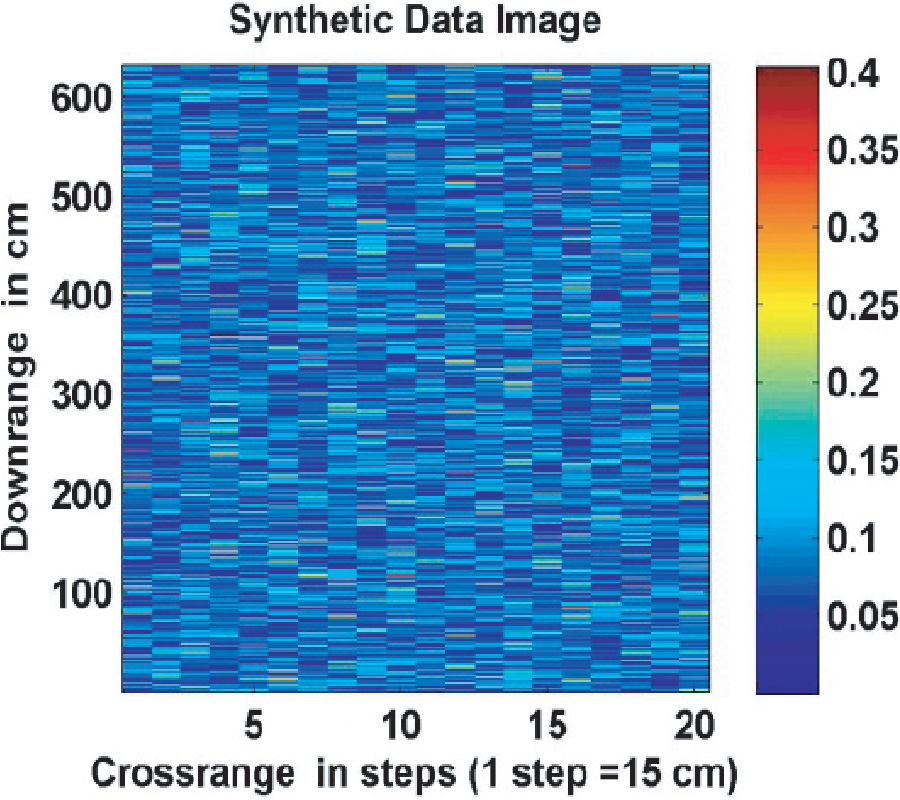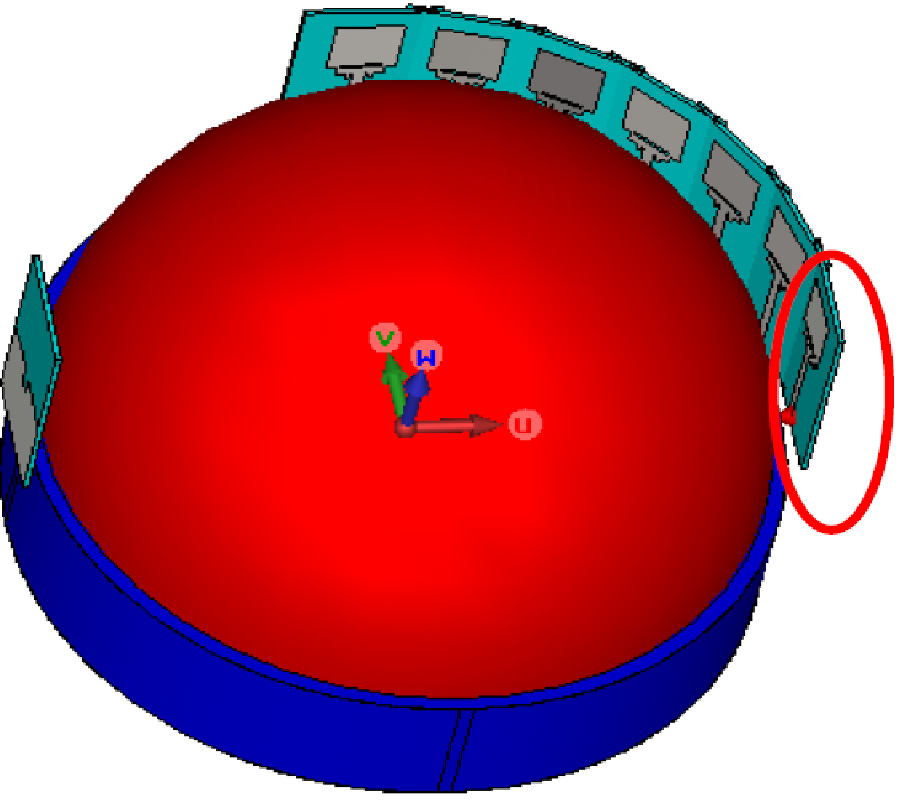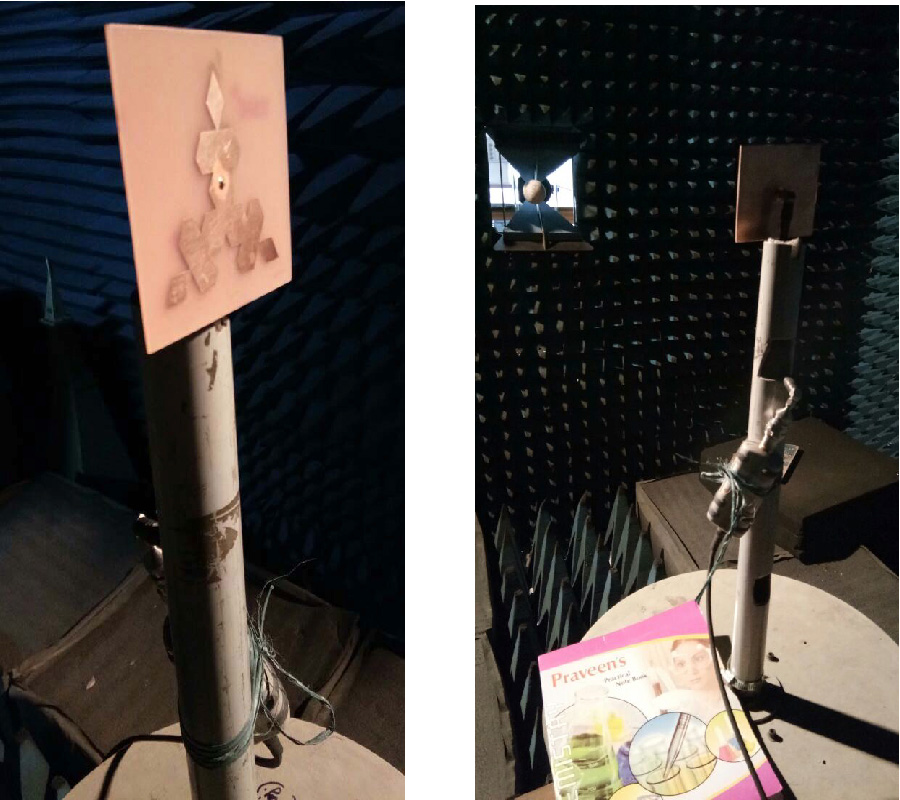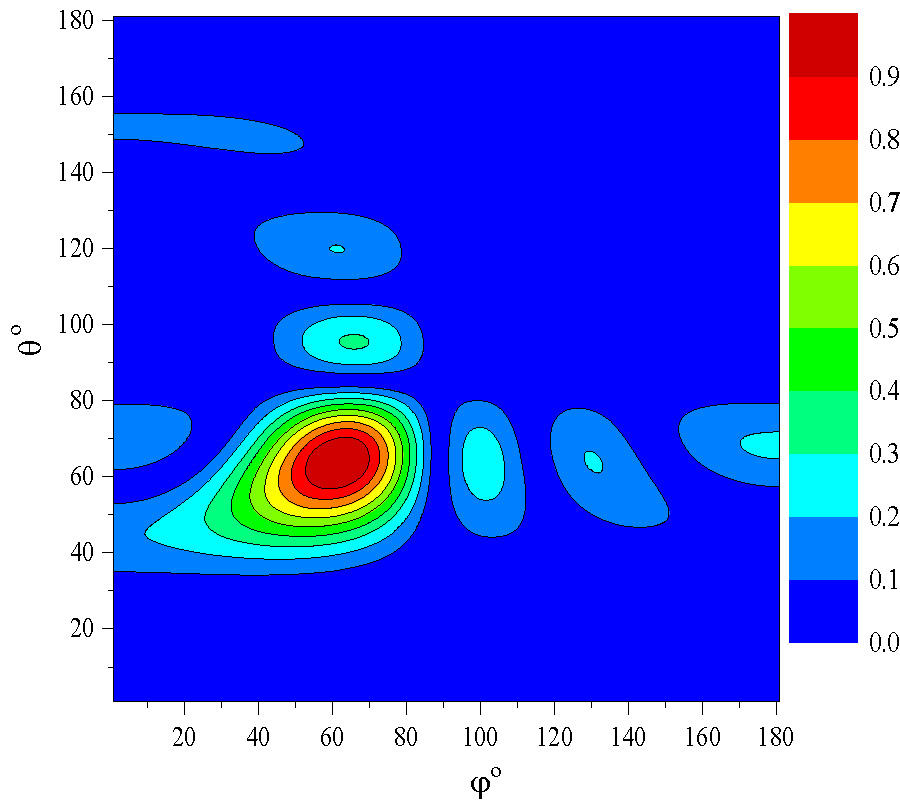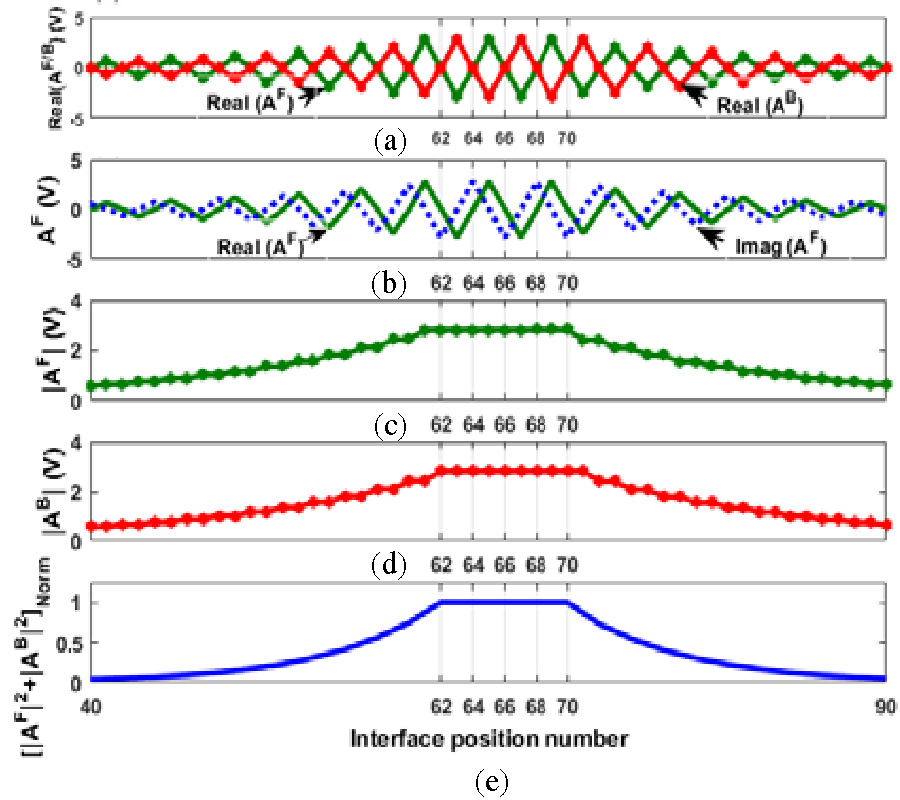A Novel Quasi-TEM Mode Planar Waveguide for Periodic Structure Measurement Applications
Yuan Jiang
,
Peng Mei
and
Xianqi Lin
In this paper, a novel planar waveguide with quasi-TEM mode for periodic structure measurement applications is proposed. Unlike conventional parallel double conductor transmission lines (PDCTL) which suffer from mismatch to 50 ohms, high insertion loss in higher frequency band, the proposed planar waveguide consisting of an F4B substrate, s metal conductor line, and a metal base has easy access to match to 50 ohm through a special transition region and also has a satisfactory insertion loss in a wide band. The metal conductor line etched on one side of the F4B substrate, and the metal base is parallel to mimic a perfect electric wall, where a ``fake'' infinite plane is realized. The proposed planar waveguide has wide measurement bandwidth with the reflection coefficient below -15 dB, which cannot be realized by a standard rectangular waveguide. Good agreements between the simulated and measured results are obtained. In addition, a simple periodic structure is designed as an example. The transmission characteristics of the periodic structure are simulated and compared in two different methods, namely, standard periodic structure simulation method in free space and proposed planar waveguide method. All the measured results demonstrate the validation of our designed planar waveguide, which is convenient and economic for periodic structure measurement applications.










